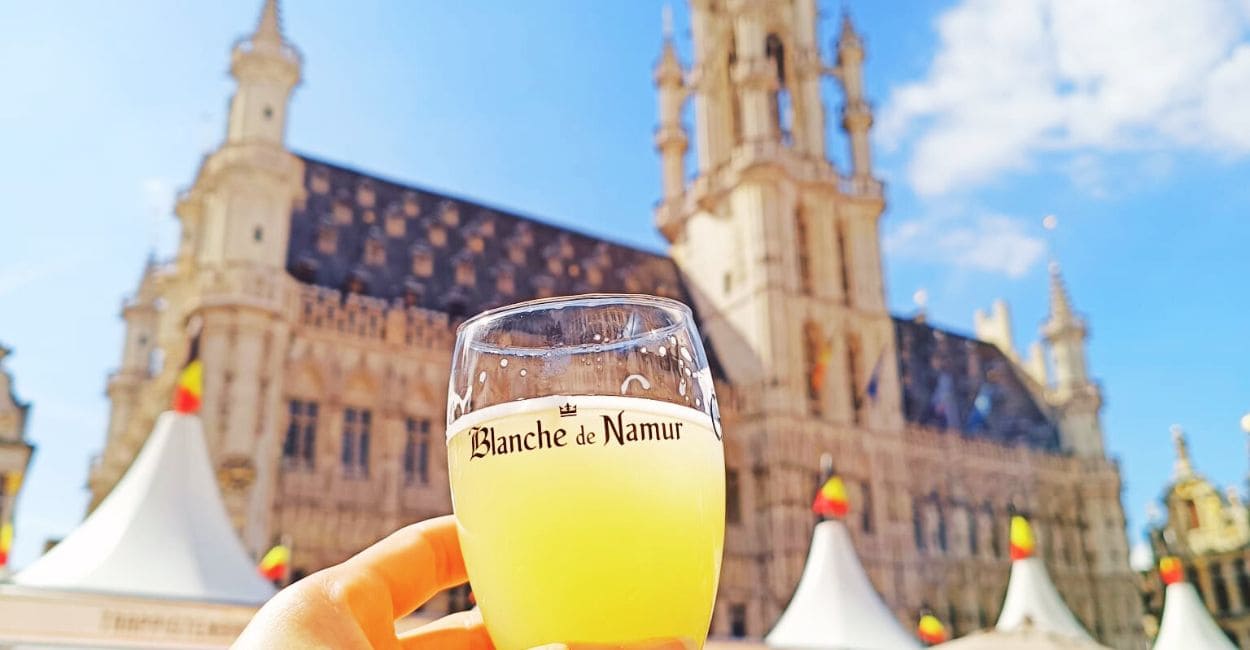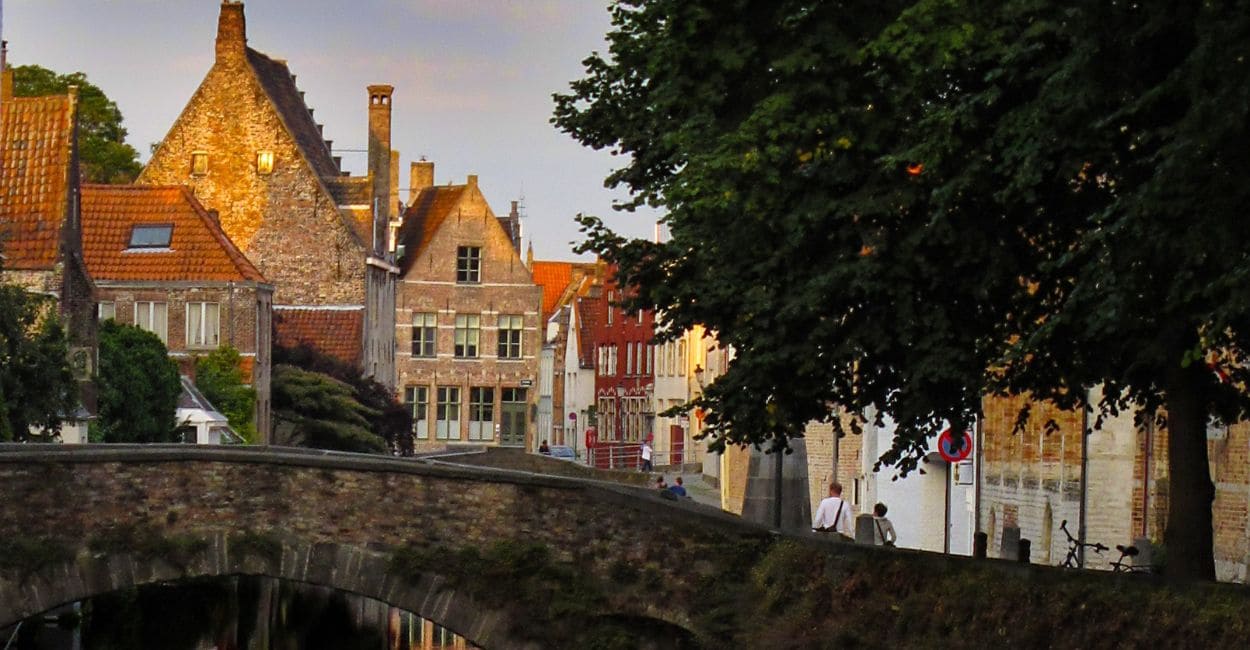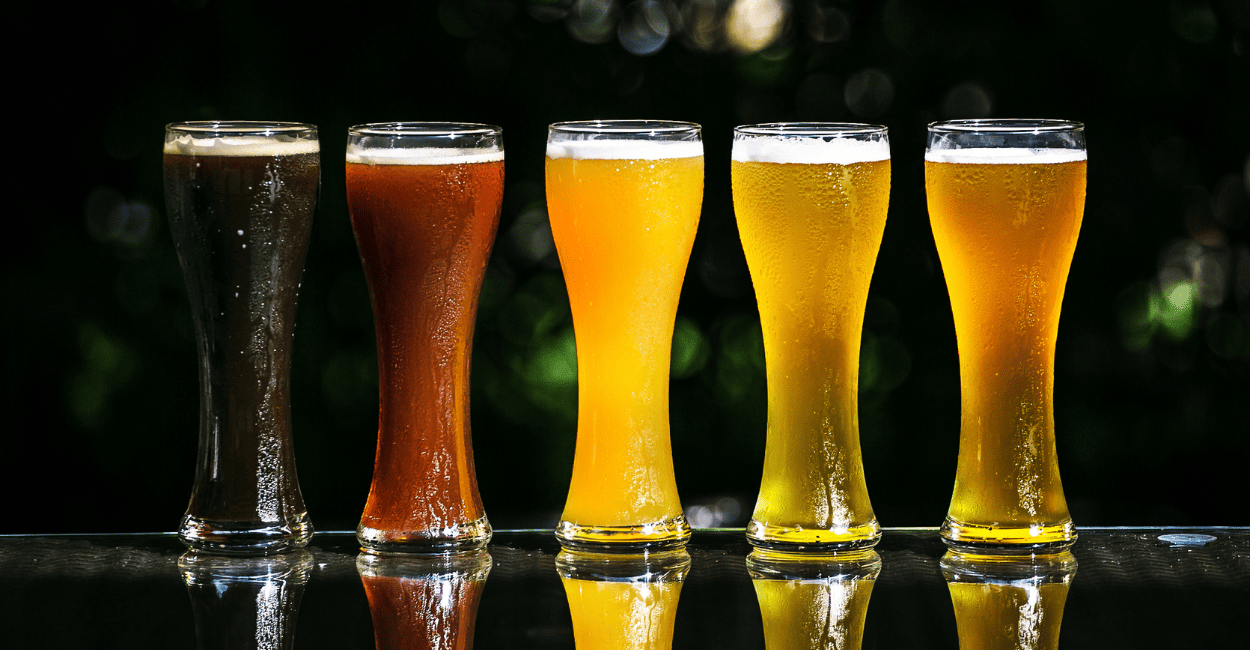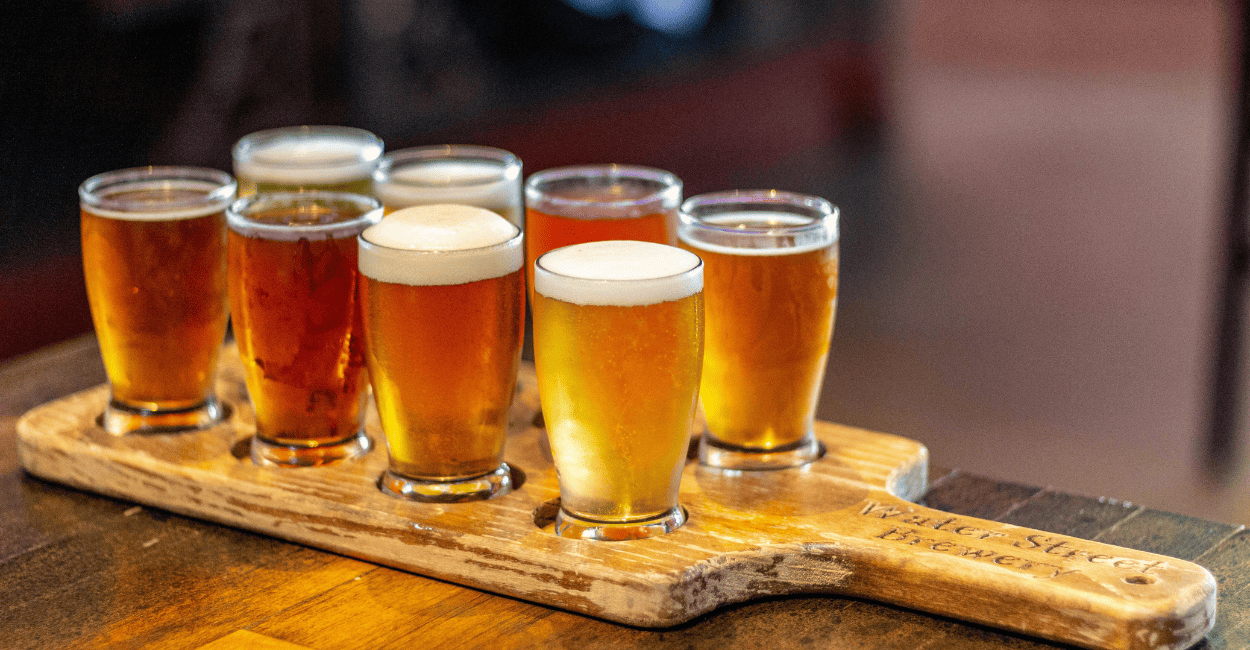Trappist Beers: The Monks’ Brew
Trappist beers have been brewed by monks for centuries in monasteries around the world. These beers follow a strict, artisanal process that makes them a symbol of both quality and spirituality. Each sip reflects the monks’ commitment to self-sufficiency and charity, elevating the tasting experience to an almost sacred level.
Brewing these beers is an art that combines ancient techniques with a deep respect for nature. The Authentic Trappist Product label ensures that every bottle has been crafted in accordance with the rules of the Trappist Order, guaranteeing authenticity and the highest standards. In this article, you’ll discover how these beers are produced, the different styles available, and of course, what makes Trappist beers true masterpieces in the beer world.
What are Trappist Beers?
Trappist beers are not just a style of beer — they are brewed by monks of the Cistercian Order of the Strict Observance, under strict guidelines and with a near-spiritual dedication to the brewing process. Only a handful of monasteries worldwide are allowed to label their beers with the Authentic Trappist Product seal, ensuring that every sip is a genuine expression of tradition and quality.
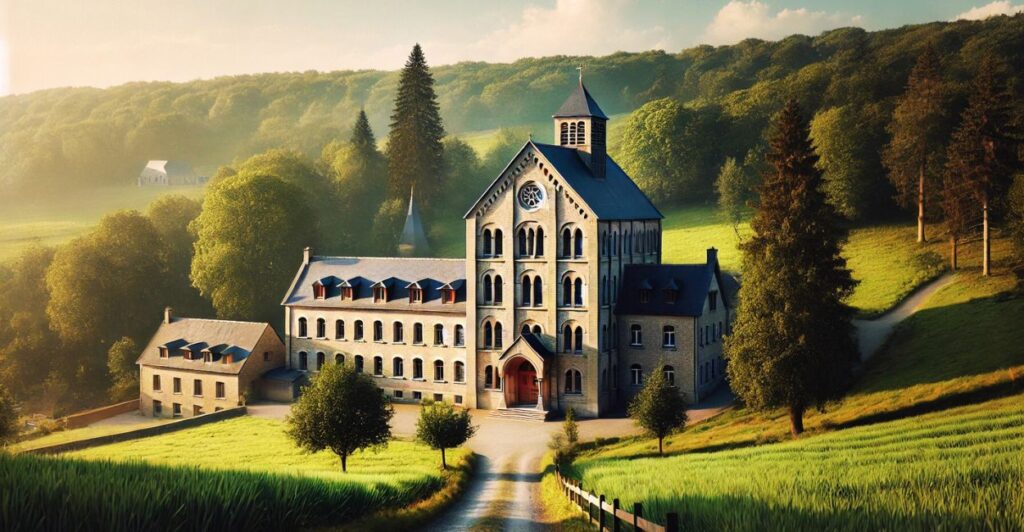
Definition and Core Concept
Trappist beers are brewed within the walls of Trappist monasteries, either by monks themselves or under their direct supervision. The concept of “Trappist” goes beyond a type of beer; it reflects a monastic way of life, where brewing follows the religious traditions of the Cistercian Order. It’s not just about making high-quality beer, but also about preserving the essence of monastic life — production must serve to sustain the community and support charitable causes.
The Monastic Origin and History of Trappist Beers
The history of Trappist beers dates back to the 17th century, with the creation of the Trappist Order, which branched off from the Cistercian Order. Initially, monks brewed beer for a very practical reason: to ensure the self-sufficiency of the monastery. Over time, however, production became more refined, and Trappist beers began to gain fame for their exceptional quality. These monasteries safeguarded ancient recipes, turning their beers into true treasures.
How Did Monks Start Brewing Beer?
Monks began brewing beer as a way to secure the survival of their communities. At a time when water was often unsafe to drink, beer became a healthier alternative, since the brewing process involved boiling, which killed impurities. Brewing also embodied the principle of ora et labora (pray and work), a fundamental motto of the Trappist Order.
The Global Impact of Trappist Beers
Today, Trappist beers are recognized worldwide for their unmatched quality and distinctive flavor. With a growing global market, they are celebrated not only by beer enthusiasts but also by critics, often ranking among the best beers in the world. Their history, brewing methods, and authenticity seal give them a unique prestige, making them true objects of desire
How Are Trappist Beers Made?

The brewing process of Trappist beers is an art that follows monastic traditions. Unlike industrial production, which focuses on profit, Trappist beer is brewed with the mission of sustaining monasteries and supporting social causes. What makes this process so fascinating is the rigor and dedication with which the monks oversee each step.
The Craft Process in Trappist Monasteries
Trappist beer is brewed inside monasteries on a small scale, with a strong focus on quality. Monks are directly involved in every stage, from selecting ingredients to bottling. Each step is carefully monitored to ensure the consistency and exceptional flavors that define this centuries-old beverage.
Exclusive Ingredients and Fermentation Techniques
The ingredients used are of the highest quality, often unique to each monastery. Fermentation methods follow traditional practices, giving the beer its complexity and depth. Many monasteries also use their own yeasts and aging techniques, which make each Trappist beer distinct
How Monks Guarantee Authenticity
Authenticity is safeguarded by the International Trappist Association, which ensures that every beer carrying the Authentic Trappist Product label is truly brewed within a Trappist monastery. This prevents misuse of the name “Trappist” and assures consumers of a genuine experience of taste and tradition.
Differences Between Trappist and Commercial Beers
While commercial beers aim for efficiency and mass production, Trappist beers preserve traditional methods and prioritize superior quality. Production is smaller in scale, but with meticulous attention to detail, resulting in a sensory experience few commercial breweries can match.
The Trappist Authenticity Seal: What It Represents
The seal is more than just a symbol. It represents adherence to strict rules that ensure quality and monastic origin. For consumers, it’s a guarantee that the beer is genuine and crafted to the highest standards.
Understanding the importance of the seal
The Authentic Trappist Product seal is the only way to ensure that a beer is genuinely Trappist. This seal is granted only to beers brewed in Trappist monasteries that follow strict production rules and have a clear social purpose. It also guarantees that the beers are crafted in an artisanal way, in full accordance with the principles of the Trappist Order.
How does a beer receive the Trappist authenticity seal?
To receive the authenticity seal, a beer must meet three main requirements: it must be brewed within a Trappist monastery, produced under the supervision or direct control of the monks, and its profits must go toward sustaining the monastery and supporting charitable causes. These criteria are essential to ensure that production remains faithful to monastic principles.
Strict requirements and criteria for certification
Each Trappist monastery that wishes to use the seal must follow the guidelines established by the International Trappist Association. In addition to the production requirements, the brewery must remain under the authority of the monastery and have minimal impact on the commercial market, with product sales focused on the well-being of the monastic community and on social causes.
Famous examples with the seal:

-
- Chimay: One of the most renowned Trappist beers, known for its superior quality and bearing the authenticity seal.
-
- Westmalle: Another famous Trappist beer, globally recognized and certified with the Authentic Trappist Product seal.
-
- Orval: Famous for its unique style and complexity, it also carries the Trappist authenticity seal.
-
- Trappistes Rochefort: Known for its full-bodied and complex flavor, it is also certified with the Trappist authenticity seal, representing the tradition of Rochefort Abbey.
These beers are often sought after by enthusiasts and are regarded as a true symbol of tradition and excellence in Trappist brewing.
Sensory characteristics of each style
Trappist beers vary across styles, but they all share a complexity of flavors resulting from fermentation and aging. Styles such as Dubbel, Tripel, and Quadrupel, while distinct in character, are known for their rich and balanced flavors, offering a unique experience with every sip.
Each type of Trappist beer has a unique sensory profile, with aromas that can range from fruity to spicy and flavors that include caramel, malt, and dried fruits. To recognize these nuances, it’s important to pay attention to the color, aroma, and taste of each sip, making the experience of tasting Trappist beers truly fascinating.
Trappist Beers Around the World: Where to Find Them and How to Experience Them
Although Trappist beers originated in Belgium, today they are produced in several countries around the world. Discover where to find these treasures and how to ensure a unique experience when tasting them. In Belgium, you can easily find them in almost any market.
Main countries that produce Trappist beers
Currently, there are 14 Trappist monasteries worldwide producing authentic Trappist beers. These monasteries are located across 7 different countries. The distribution by country is as follows:
- Bélgica: 6 Trappist monasteries
Achel
Chimay
Orval
Rochefort
Westmalle
Westvleteren - Holanda: 2 Trappist monasteries
La Trappe
Zundert
Áustria: 1 mosteiro trapista
Engelszell
Estados Unidos: 1 mosteiro trapista
St. Joseph’s Abbey (Spencer) - Itália: 1 Trappist monasteries
Tre Fontane
Inglaterra: 1 mosteiro trapista
Mount St. Bernard - Espanha: 1 Trappist monasteries
Cardeña
These monasteries follow a strict set of rules to ensure the authentic production of Trappist beers, which must be brewed within the monastery and under the direct supervision of the monks.
How to Taste: Tips for an Unforgettable Experience
Tasting Trappist beers is a unique experience that should be enjoyed with all your senses. Here are some tips to make sure your experience is truly unforgettable.
Tasting and appreciation techniques
When tasting Trappist beers, remember that the right temperature and the right glass make all the difference. Serve your beer at the ideal temperature and in the proper glass to better appreciate its aromas and flavors. Drink slowly, savoring the nuances with every sip.
The importance of the right glass and ideal temperature
Each Trappist beer requires a specific glass to highlight its flavor. In addition, the serving temperature is crucial for you to fully enjoy all its aromas and nuances. Avoid serving the beers too cold, as this can mask the complexity of their flavors.
How glasses influence the flavor and aroma of Trappist beer
The right glasses are designed to channel the beer’s aromas to your nose more efficiently. This means that the shape of the glass and the size of the bowl can significantly enhance your sensory experience.
Dish suggestions that pair perfectly with Trappist beers
Trappist beers can be paired with a wide variety of dishes. Dubbels go well with game meats, while Tripels are perfect with seafood. The stronger Quadrupels are ideal for pairing with aged cheeses and rich desserts.
Trappist ales are legendary, but Belgium’s brewing scene goes far beyond. Check out our top 12 Belgian beers and taste the full spectrum of flavors.
Frequently Asked Questions about Trappist Beers
What makes a beer considered Trappist?
For a beer to be considered Trappist, it must be brewed within a Trappist monastery and follow the monastic principles of self-sufficiency and charity.
What’s the difference between Trappist beers and Abbey beers?
Although both are linked to monasteries, the difference lies in control and production criteria. Trappist beer follows much stricter rules and must be brewed under the direct supervision of Trappist monks.
What are the most recommended styles for those who are just starting to explore Trappist beers?
For beginners, styles like Westmalle Dubbel or Chimay Blue are great choices. They have bold flavors but are not as intense as stronger options like Westvleteren 12.
How much does a Trappist beer cost?
The price of Trappist beers can vary greatly and may be quite high, especially if imported. In Belgium, a Trappist beer can cost between €2 and €5, while in Brazil the price may be double or more due to import taxes.


